What we discourse about when we discourse about Barbenheimer
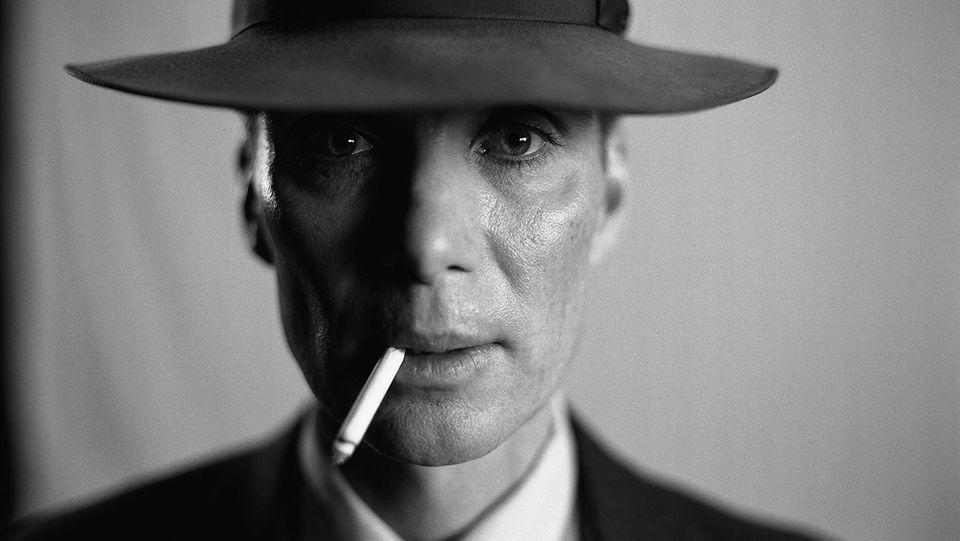
One of my least favorite types of pieces is the "what really happened" piece, in which a writer "fact checks" a movie or TV show purporting to be based on a true story. In these pieces, which have surged in popularity across the last decade or so, a writer either does research or interviews an expert to compare the historical record to a fictional presentation of it. Sometimes, in the case of a fictional story based on real science, even the fiction gets fact-checked, as in Neil deGrasse Tyson's infamous thread about Gravity. (I suspect the popularity of both Tyson's thread and the coverage of it led to the boom in these pieces.)
I want to be clear and say that I don't think these pieces are without value. Readers often love them, and even I will admit to rushing to Wikipedia after watching a docudrama to see what the "real" story was. What I don't love about them is that, too often, they subtly underline the idea that art is meant to be "accurate," whatever that means. In that view, art's first responsibility is to the facts and not to itself, especially if it's presenting something like a "true story."
I understand why this view exists – how many times has the "movie" version of reality plastered over the messier actual reality of something? – but I also deeply believe that the demands of art are very different from the demands of journalism. Sometimes, the only way to get at a deeper truth in fiction is to lie through your teeth. That might include fundamentally misrepresenting things that really happened and hoping that the viewer understands what you're presenting is a fictional representation of what happened, not the events themselves.
Even the most accurate journalistic account of what really happened will have to elide certain details. Often, the more detailed something becomes, the further detached it becomes from the emotions and psychologies of those involved. A straightforward recollection of events often turns into a laundry list that prevents deeper understanding, and reading raw statistics can convey the scope of something but rarely how it must have felt to be there. For that, we need fiction.
I've been thinking about all of this quite a bit in the last few weeks. The discourse around Barbie and Oppenheimer – first driven by the delightful synchronicity that was Barbenheimer, then driven by both being huge hits and among the most critically acclaimed films of the year – seemed, often, to be vaguely circling questions of how "accurate" both movies were.
In the case of Oppenheimer, based on history as it is, the reasoning for discussing the film's accuracy when it comes to atomic weapons made some degree of sense. In the case of Barbie, the dissection of the film's feminist bona fides was understandable but also just a little bonkers. The movie's story is about a doll who seemingly doesn't realize a need for feminism even exists until the film's halfway point. Of course she's taking beginner-level courses.
The more discourse there was, the more both the discussion of both movies' "inaccuracies" struck me as fundamentally similar: Experts who know a lot about a topic are finding the films' shortcomings to present woefully inadequate discussion of the topics at hand. At the same time, those who haven't really thought much about nuclear weapons or the history of feminism are having their minds opened to new ways of thinking about both topics.
That dynamic is inevitable. As viewers, we all bring outside knowledge to the art we consume. For instance, the gender binary is a thing I've thought about and researched a lot (for some reason), so my read on Barbie inherently engages with the film's limitations in that regard. But if you, for some reason, haven't thought a lot about the artificial, constrictive nature of the binary, then the stuff Barbie has to say might be genuinely eye-opening to you.

For my own part, I knew basically nothing about the history of Cold War nuclear weapons programs beyond the extreme basics – i.e., the old argument over whether it was necessary to drop the bomb to end the war. I had a loose "Nuclear weapons bad??" belief, mostly informed by growing up in the very tail end of the Cold War, but it was a topic I simply hadn't thought much about beyond the handful of times I had discussed it in school.
I don't want to say Oppenheimer radicalized me or anything. I don't think it's possible for a movie this solidly within the bounds of mainstream cinema to do that. But it certainly made me think more deeply about the history involved in nuclear war, particularly the idea that the atomic bomb was predominantly developed by people who believed it was necessary to beat the Nazis in the race to develop the weapon, then saw their work used against a different nation entirely. Could I have connected those dots on my own? Possibly, if I did a lot of thinking and reading on the topic. But seeing a fictional narrative that underlined Oppenheimer's motivations as a character, rather than as a historical figure, went a lot further toward my understanding.
In general, discourse around Oppenheimer, like discourse around Barbie, has been driven by expert discussion of the limits of its depictions. I think these discussions are worth having if they proceed from the starting point of the film being a fictional depiction of real events that makes artistic choices toward a broader artistic goal. But too many of them start from an endpoint of how Oppenheimer's elisions are intentional choices meant to underscore the genius of Oppenheimer and the righteousness of using atomic weapons against Japan. I would hope that viewing the film would leave viewers thinking that Oppenheimer is at least conflicted about the greatness of the man and the righteousness of his cause. But in many cases, it seems as though only a full-throated condemnation (or celebration, depending on the political viewpoint of the person dissecting the film) that leaves no room for nuance would do.
The simple fact of the matter is that most people aren't experts on any given topic, and a fictional work that engages with that topic has to have non-experts on its mind first and foremost. That's trickier to do in an era when our monoculture has splintered into a zillion subcultures, each with its own level of expertise, but for films like Barbie and Oppenheimer, a broad, general audience must remain the focus if they're to make any of their budget back. That both have succeeded wildly, while still trying to be about something, instead of tangentially glancing at it, and that both have opened broader audiences' eyes to considering ideas they perhaps haven't thought much about before is commendable and deeply preferable to a lot of the idea-lite or even idea-less blockbusters we've been served up over the past decade-plus.
At some point in the past decade, we became aware that all art is political – because it exists within the political realities of the society and artists who created it – but that led to what feels like an increased insistence that art's primary reason for existing is as a political object. This belief does a disservice to art and to politics. The predominant goal of politics is persuasion, and while it must make room for nuance, it usually does so in the name of sanding that nuance off of a more strident position. To me, art is at its best when it begins from a position of nuance and keeps going. There is plenty of art that has as its first goal political persuasion, but this art is rarely the kind that lasts beyond its specific moment. Art that speaks to us across time usually has a broader aim, a goal to explore the nuances of human behavior in ways that go beyond the didactic.
Inherent to politics is the idea that your point-of-view is right, while the opposing point-of-view is wrong. In many cases, space between those two perspectives can (and should!) be found, space that allows for grudging compromise. But the natural starting point is always "I know what I want, and the people who oppose me are wrong not to want it." What is beautiful about art is that you can't have a "wrong" reading of it. Even if I strenuously disagree with you, I have to take into account what you have to say because it's intrinsic to what you know of the world and how you experience it. The more we open ourselves up to nuance – in both art and criticism of it – the more we'll get out of the experience and the less we will go looking for only the art that assures us we are good and smart and have all the right opinions about things. How boring would that be?
Consider becoming a paid subscriber: Running this newsletter is absurdly expensive, and by becoming a paid subscriber, you'll both help keep the newsletter online and keep posts like this free for those who can't afford to upgrade. But you'll get other stuff, too! Paid subscribers get access to comments, a weekly discussion post on Fridays, and occasional other special posts and features. There will be some other fun treats along the way. Click the button to learn more!
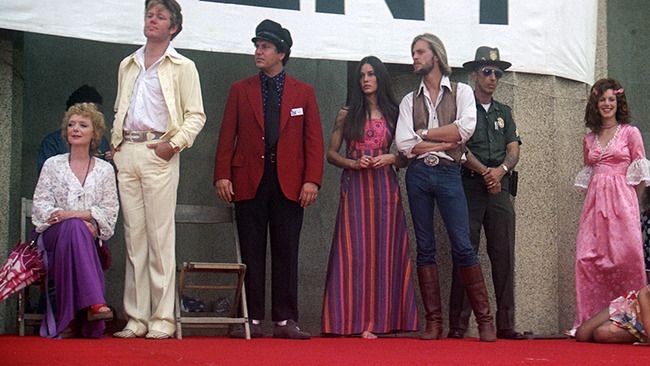
Three things: Here's some of what I've been thinking about, reading, and watching!
- My thinking about the issues discussed above has been heavily informed by Justin Chang's piece on Oppenheimer's elisions in the Los Angeles Times, especially the following section: "Movies that attempt something different, that recognize that less can indeed be more, are thus easily taken to task. 'It’s so subjective!' and 'It omits a crucial P.O.V.!' are assumed to be substantive criticisms rather than essentially value-neutral statements. We are sometimes told, in matters of art and storytelling, that depiction is not endorsement; we are not reminded nearly as often that omission is not erasure. [Emphasis mine. – ESJ] But because viewers of course cannot be trusted to know any history or muster any empathy on their own — and if anything unites those who criticize Oppenheimer on representational grounds, it’s their reflexive assumption of the audience’s stupidity — anything that isn’t explicitly shown onscreen is denigrated as a dodge or an oversight, rather than a carefully considered decision." Read the whole thing here.
- The week in Emily! I linked my New York Times piece on Barbie and trans identities above, but here it is again. I am really glad I got to write this, and I'd be even gladder if you read it! I'm also guesting on the podcast Blank Check to talk Park Chan-wook's Stoker and on Screen Drafts to talk country music movies with my wife (and writing partner) Libby Hill. (Bonus content: Today is Libby and my wedding anniversary. Happy anniversary, love! I'm so glad we get to share our lives and work, and I'm even gladder we get to raise our tiny child together!)
- I have no idea where this data comes from, so grain of salt, but: I love this infographic about what people find arousing and what they find taboo and where those two things intersect. I was fascinated to see that the most outré thing preferred more by women than men was... cannibalism. Fascinating!
This week's reading music: "Overkill" by Men at Work
Next week: Class and the modern romance novel
Episodes is published twice a week, with an edition for all subscribers on Wednesdays and one for paid subscribers on Fridays. It's written by Emily St. James, who covers whatever she feels like writing about, but if you have suggested topics, please reply to the email version of this newsletter or comment (if you are a paid subscriber).
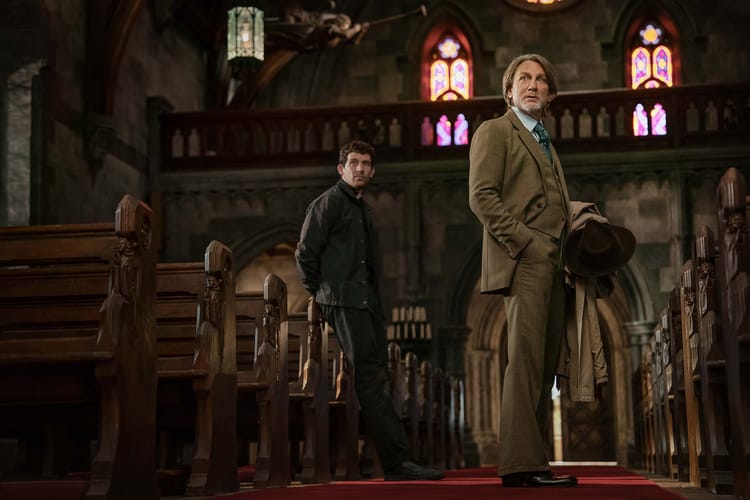

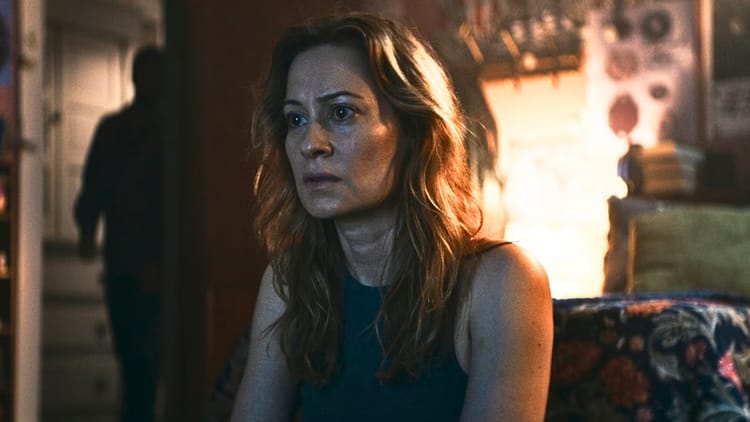
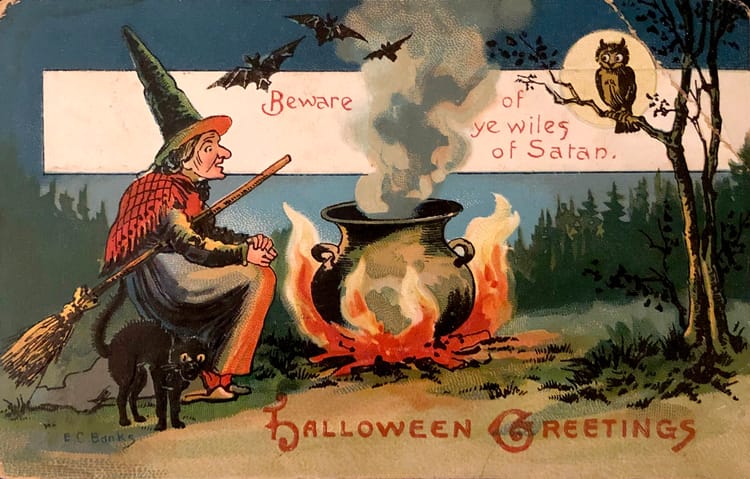
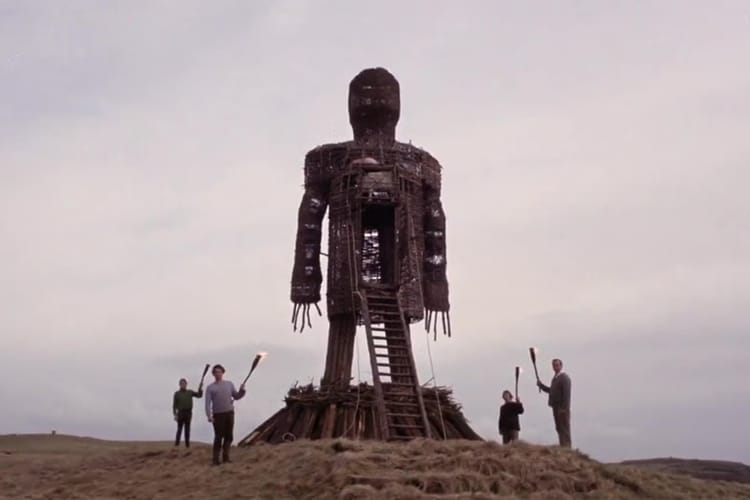
Member discussion